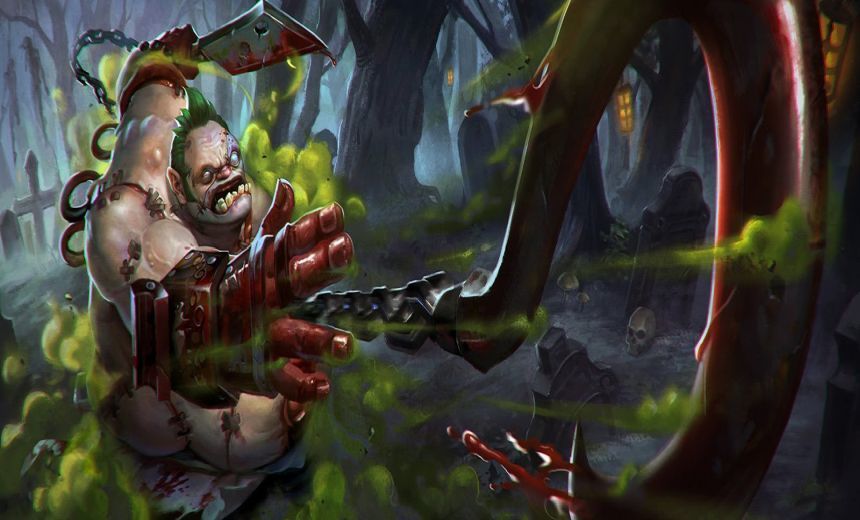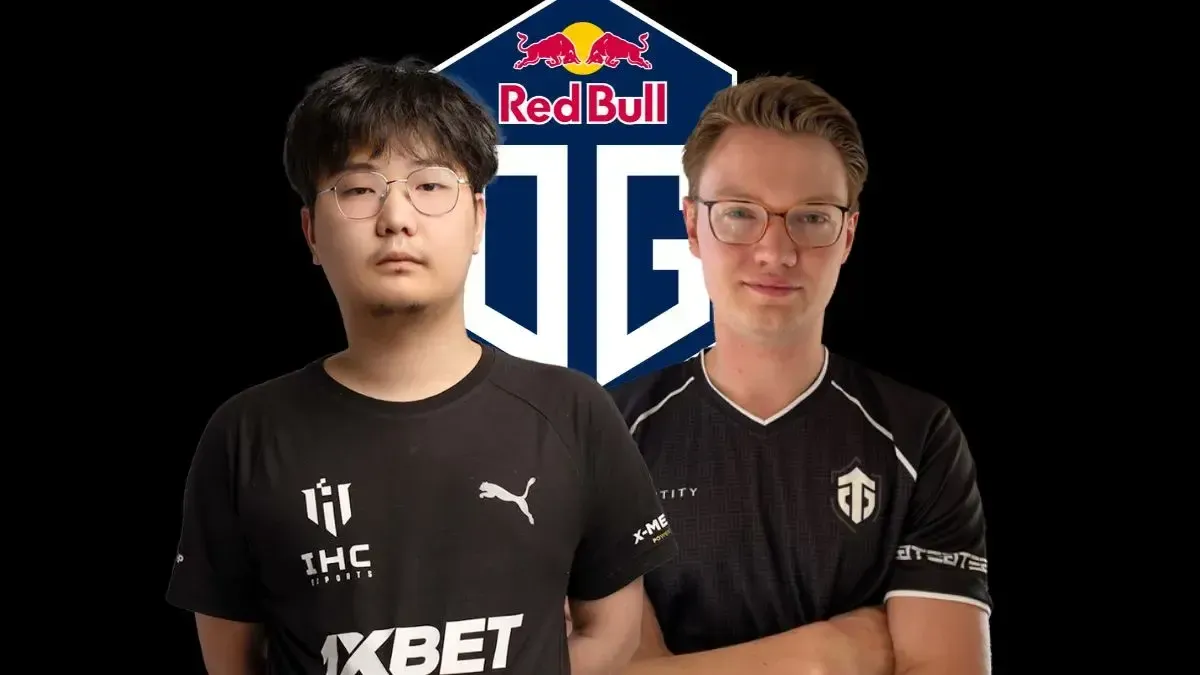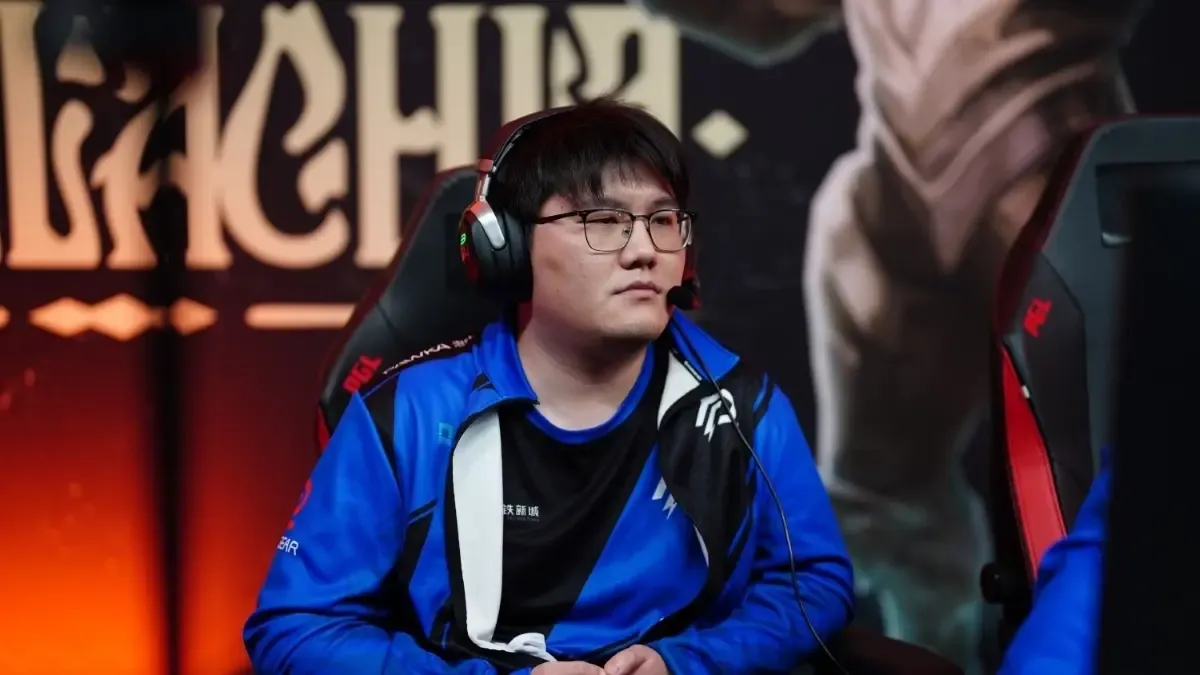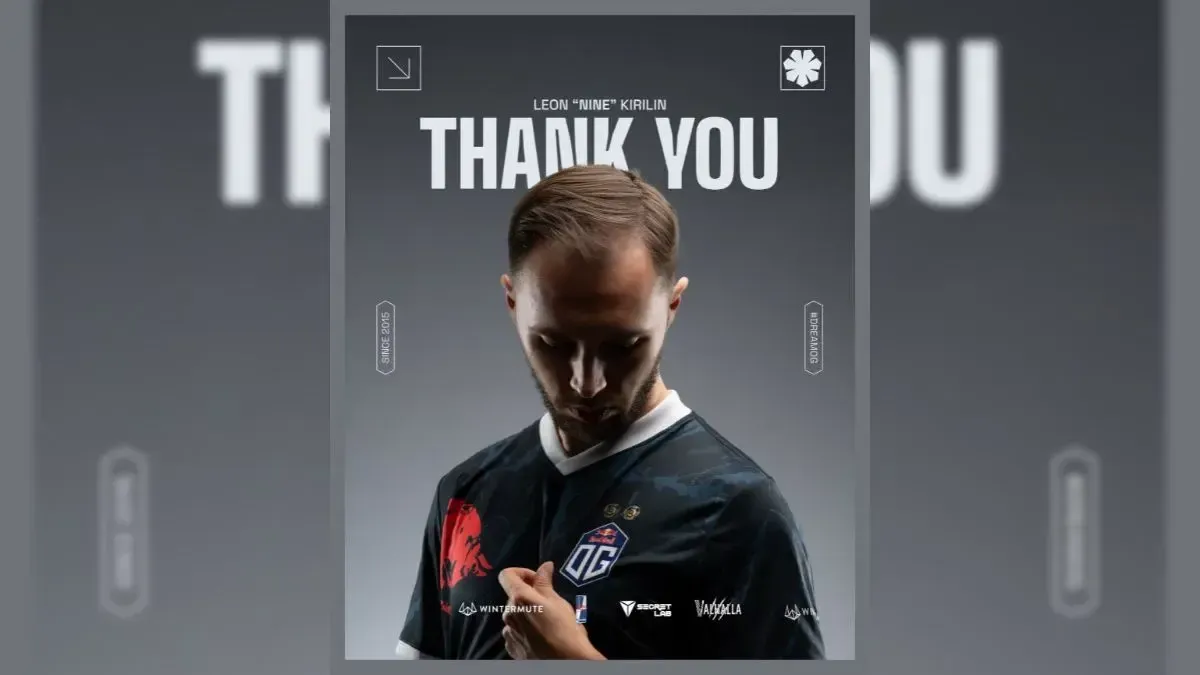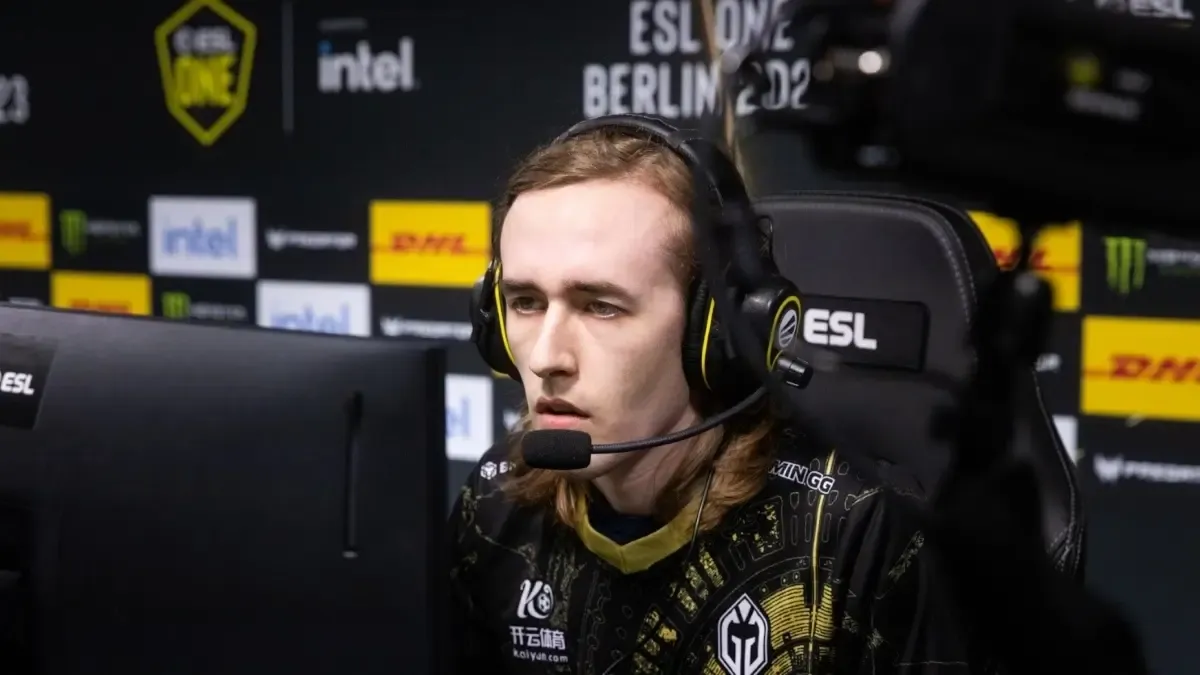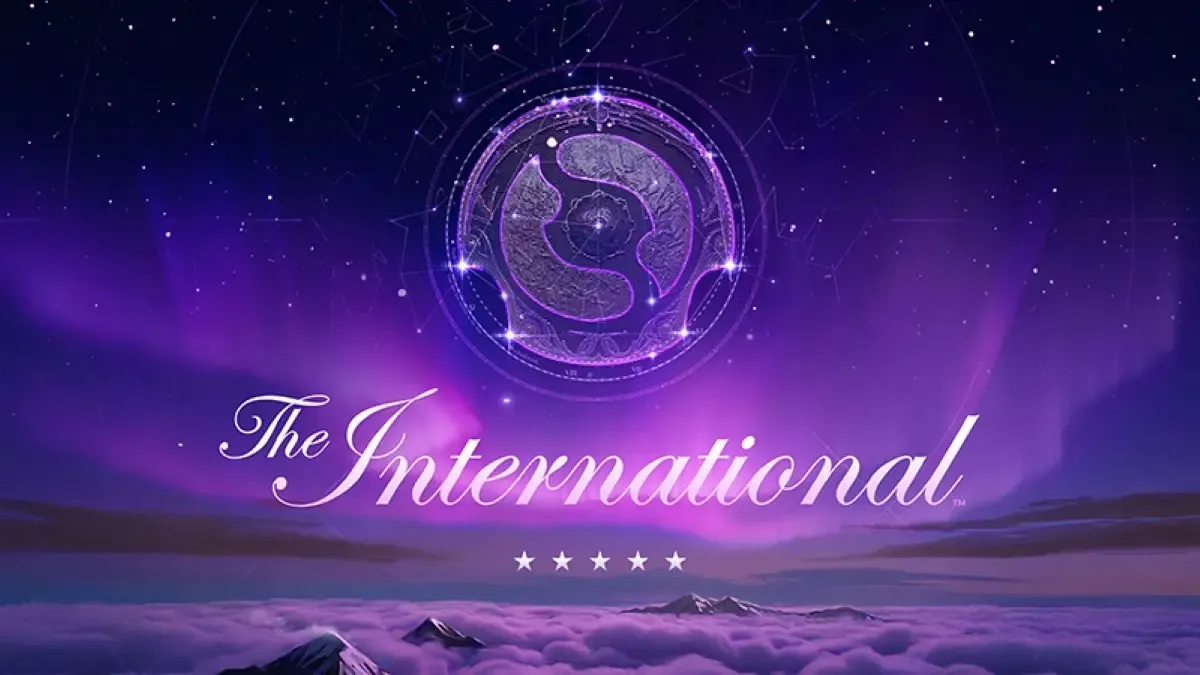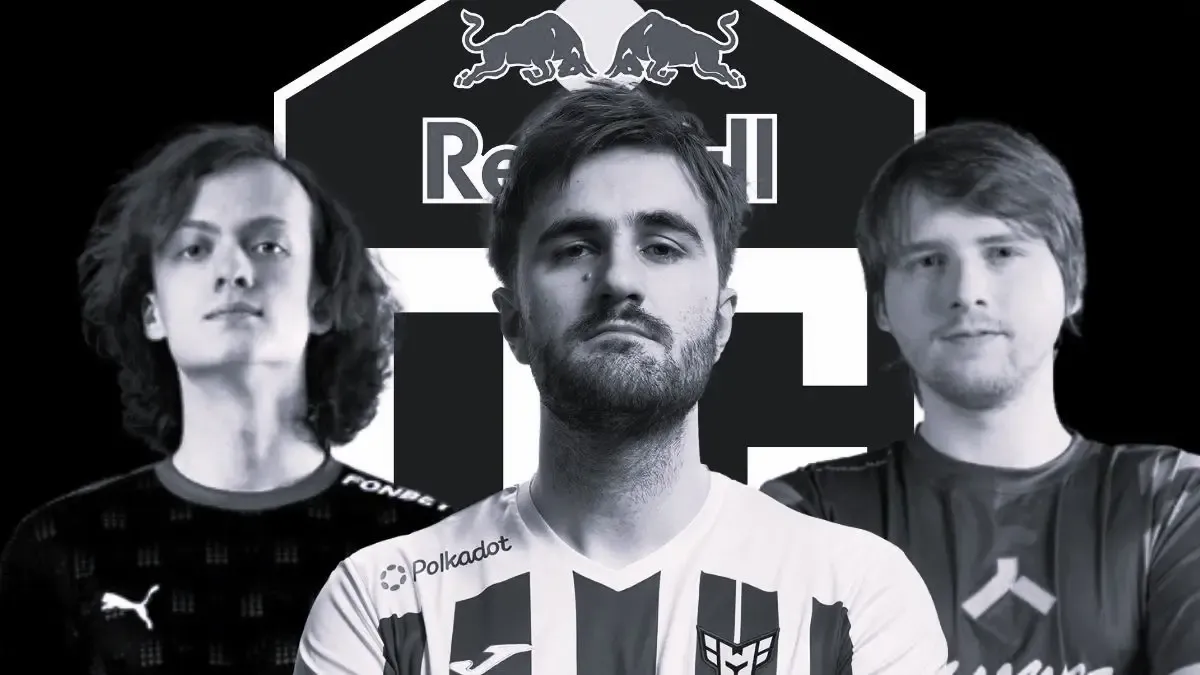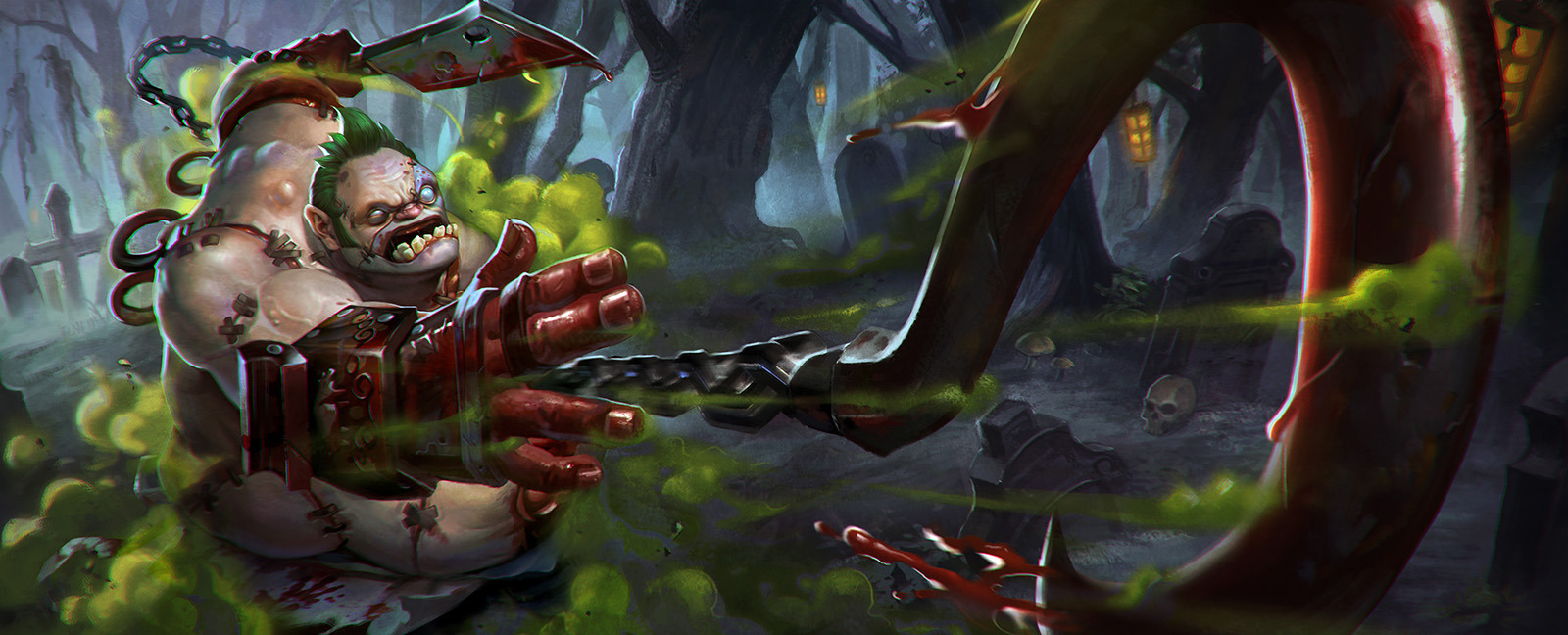
Photo courtesy of i.ytimg.com
Whether it be a symptom of varying degrees of commitment, systemic deficiencies, misdirected angst, tribalistic compulsion or the diffusion of responsibility derived from online anonymity, it's quite difficult to diagnose the root cause behind the profound virulence exhibited by a subsection of Dota 2's player base. While similar behavior can be observed across a wide variety of online-competitive multiplayer games, Dota 2 has developed a particular reputation for it. The unparalleled complexity synonymous with the Dota 2 experience, demands a steep commitment from players in pursuit of proficiency. Such powerful commitments tend to foster fierce competition, evoking an unwavering desire for progression - consequently fueling the distress associated with falling behind.
Until recently, Valve's response to this burgeoning issue has been predominately reactive in nature. Only addressing the symptoms and failing to assimilate players, struggling to comprehend Dota's more abstract elements, has hindered the necessary capabilities for transforming the average-inexperienced Dota player into a capable one. Before we examine how Dota Plus may provide a potential solution, let's delve into some of Valve's prior responses.
Past attempts
Overhaul of Matchmaking and restricted hero pool
Valve's aggressive stance towards misbehavior remains a fairly recent trend, dating back to a July 28th, 2017 update, which implemented a restricted hero pool of twenty curated heroes for the first twenty-five games played on any new account. The primary motivation behind this amendment stemmed from a desire to ease new players into the Dota experience, by limiting their access to more mechanically complex heroes. In theory, by limiting new players to "beginner-friendly" heroes, they would have a better chance of learning the fundamentals of gameplay, mechanical execution and strategy. On paper, this seemed like an intuitive approach to bridge the gap between experienced and inexperienced players. In practice, this update proved a negligible attempt to curtail the painful onboarding process for newcomers. More educational utilities would be necessary to constitute a generally knowledgeable player base, in conjunction with astute matchmaking alterations to even the playing field.
In the same update, Valve announced a significant overhaul of the matchmaking system, which paired new players with players, who demonstrated consistently high behavior scores. From the perspective of the inexperienced player, this sounds like a favorable solution to mitigate the amount of venom received from veterans. Unfortunately, this onesided adjustment backfired for the friendly/experienced crowd in a considerable way.
Valve received a flood of criticism surrounding the aforementioned updates, as friendly players grew increasingly frustrated at the rate in which they were paired with inexperienced ones. In some extreme cases, players began intentionally accruing reports, in efforts to lower their behavior scores to circumvent the system and rejoin players of similar skill. Having increased the level of volatility within the community by upsetting its most exemplary representatives, Valve was forced to quell the unrest with a relevant update several months later.
Adjustment to behavior score metrics
On October 3, 2017, the much-awaited update released, adjusting matchmaking for new players to be more sensitive to the number of games played, rather than behavior. Alterations were made regarding the weight given to behavior metrics, targeting a smaller percentage of players that were the most offensive, rather than the general population. Improvements to the behavior scoring system were made, including the recalibration of existing behavior score values. In efforts to reduce the number of exploiters, bots, smurfs, account sellers and in-game feeding taking place, improved measures of detection for such behavior were implemented, reinforced by stringent matchmaking bans issued to these types of players. This update was a robust measure to contain the toxic elements within the community by confining players with the worst behavior to their own queue essentially, in some instances, going as far as issuing eight-year bans for low priority bot abusers (evidenced here).
Six-month matchmaking bans
The recent "Spring Cleaning" update further solidified Valve's firm stance against toxicity, with the addition of six-month matchmaking bans for players "showing an extreme frequency of negative behavior (feeding, abandoning, player abuse, etc)." While these punitive measures should be enough to deter even the most flagrant offenders, a notable prevalence of communication abuse, intentional feeding and ability abuse remains.
Introduction of Dota Plus
By now it should be clear that the punitive modality on its own hasn't been the most effective method of treatment. Perhaps the most effective remedy comes to us in an unanticipated form? One that provides players a companion resource which simplifies the complexities of drafting proper team compositions, selecting effective items/abilities, understanding performance metrics and constructing effective lane configurations. A proactive component, interwoven between the pursuit of glorious achievement and a shiny reward.
Dota Plus: an indirect, but effective method?
Whether intentional or accidental, the new analytical tools at the player's disposal with Dota Plus provide the most promising antidote for hostility to date. The powerful-educational utility built into Dota Plus, known as the "Plus Assistant", gives players a dynamic-comparative analytical tool, providing “real-time item and ability suggestions-generated from data gathered across millions of recent games at each skill bracket.” In addition to item and ability suggestions, the inclusion of “hero and lane suggestions,” analyzes both ally and enemy team compositions, to make empirically based recommendations regarding effective counters and capable lane assignments. These advisory details reduce the burden for inexperienced players to grasp Dota's various nuances, while shifting the central focus to learning the mechanics of gameplay - as Valve intended with its July 28th update.
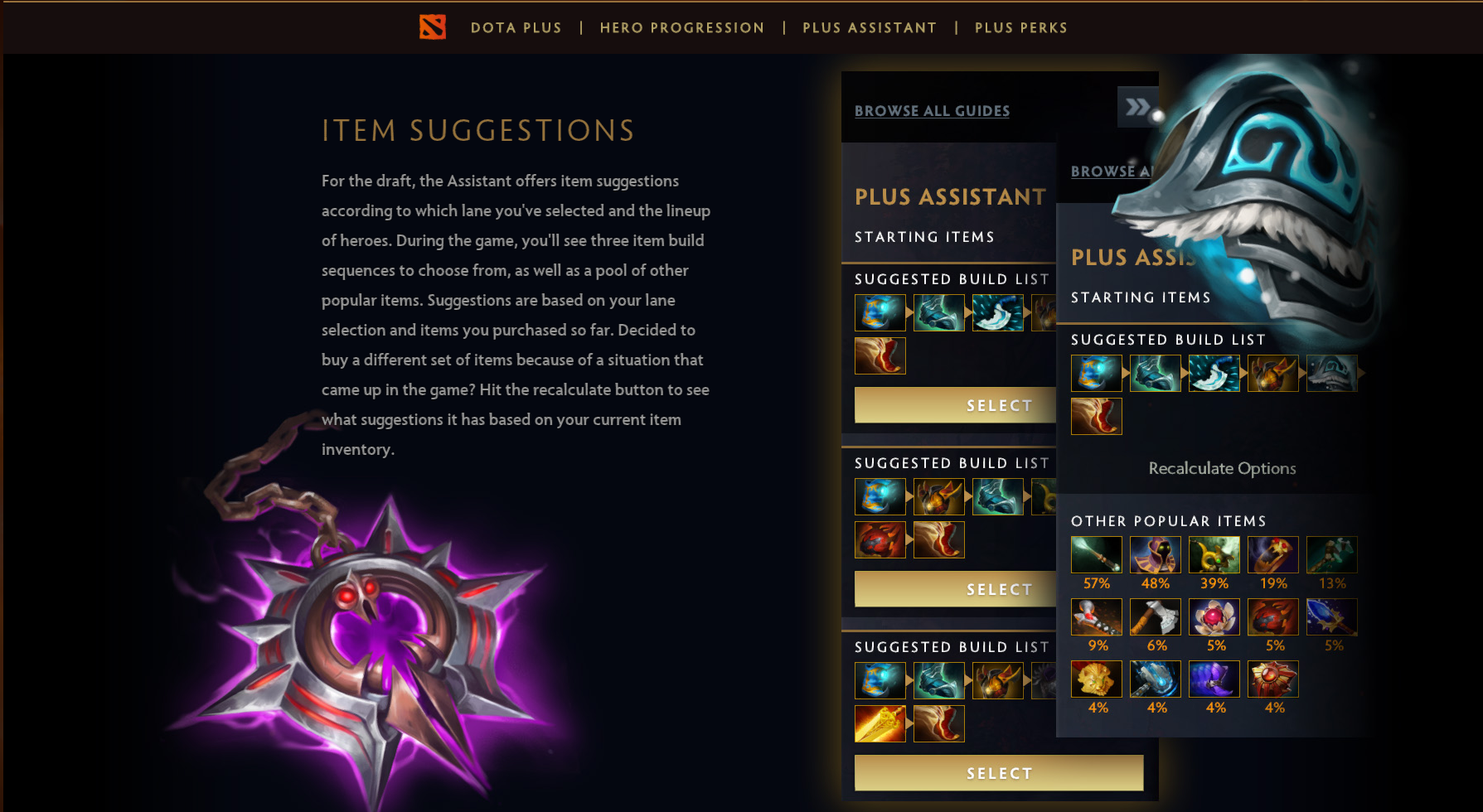
Photo courtesy of Dota 2 in-game client
Through the implementation of quantitative performance metrics, players will now be able to assess their performance in comparison with other players of similar skill by the use of easily comprehensible graphs. Players will also have the option of viewing a Death Summary, which provides a "second-by-second timeline of incoming damage received, stuns, and other disabling effects, which led to their demise." Recognizing common trends within this data allows players to pinpoint deficiencies in their game to improve upon.
While subtle rumblings of pay-to-win surrounding this feature have already begun, it’s important to imagine the favorable utility this overlay provides both subscribed and non-subscribed players, in the form of more educated decision-making from inexperienced players. Instead of having to read multiple guides or watch a plethora of videos covering the various necessary components of a proficient Dota player, Dota Plus centralizes this information for players with an intuitive interface.
From personal experience and observations made throughout the course of my 4,000+ hour Dota 2 journey, uneducated decision making seems to be the most common catalyst for toxicity. Having been both regretful perpetrator and resentful victim at times, I have faith in a more balanced approach to transforming the Dota 2 community from harmful to harmonious. The changes will not happen overnight and no single solution will work on its own. All parties must take responsibility for their part in affecting this change, from the individual player to the system as a whole.
That being said, the addition of the Plus Assistant is a welcome ally in the growing battle for a better Dota 2 community.

